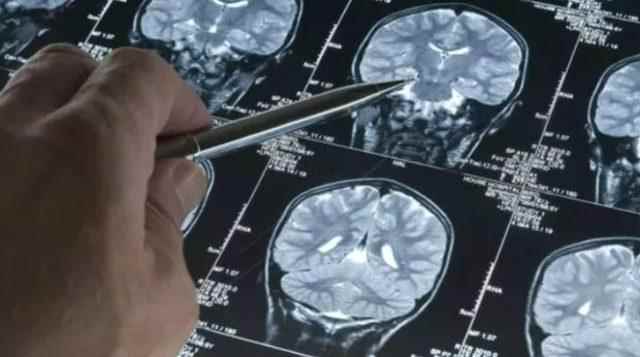It is an inevitable fact that losing weight is very difficult. Many people in society resort to very harmful processes and diets to lose weight quickly. Excess weight poses a risk not only in terms of appearance but also in terms of health. But research shows that not all types of fat are equally harmful. For example, when fat sits in the abdominal cavity, it promotes inflammation that predisposes to diseases such as dementia and stroke. But when distributed elsewhere, research suggests it may protect the body from disease.
PROTECTIVE AGAINST BRAIN INFLAMMATION
New scientific findings published in Diabetes, the journal of the American Diabetes Association, have illuminated the link between fat distribution and estrogen production in women. The study found that women’s tendency to accumulate more fat in places like their hips, buttons, and the back of their arms was protective against encephalitis.
THERE ARE HORMONE DIFFERENCES BETWEEN GENDER
However, as the body ages, fat begins to accumulate around the main organs in the abdominal cavity. Known as visceral fat, this type of fat releases cytokines that cause low-grade inflammation in the body. Alexis M. Stranahan, PhD, broke down the different roles assigned to estrogen in women. “When it comes to protection in women, the first thing that comes to mind is estrogen. But we need to go beyond the simple idea that every sex difference involves hormone differences and hormone exposure.
RESEARCH WAS DONE ON MICE
“We really need to think more deeply and acknowledge the role that gender plays in different clinical outcomes before we can treat the mechanisms underlying gender difference.” To understand how fat distribution affects brain inflammation, the research looked at how increases in the amount and location of adipose tissue affected the brains of both male and female mice.

RESULTS CHANGED AFTER MENOPEASE
More specifically, the team evaluated how distinctive fat structures could be an important reason to ward off inflammation. The study was conducted on obese female rats as they tend to have more subcutaneous fat and less visceral fat than males. In female mice, the researchers also found no evidence of brain inflammation or insulin resistance, which increases inflammation and can lead to diabetes. However, this changed after the mice entered menopause.
FAT DISTRIBUTION AFTER MENOPEASE IS LIKE MEN
After menstruation stopped, the scientists observed that the distribution of fat was somewhat more male-like. The researchers then performed a similar surgery to liposuction on rodents to remove subcutaneous fat. They found: “When we remove subcutaneous fat from the equation, the females’ brains suddenly start to become inflamed, as the male brains do, and the females gain more visceral fat. In a way, it diverted everything to the other storage location.” According to the researchers, this transition took place over a period of three months, roughly equivalent to a few years for humans.
